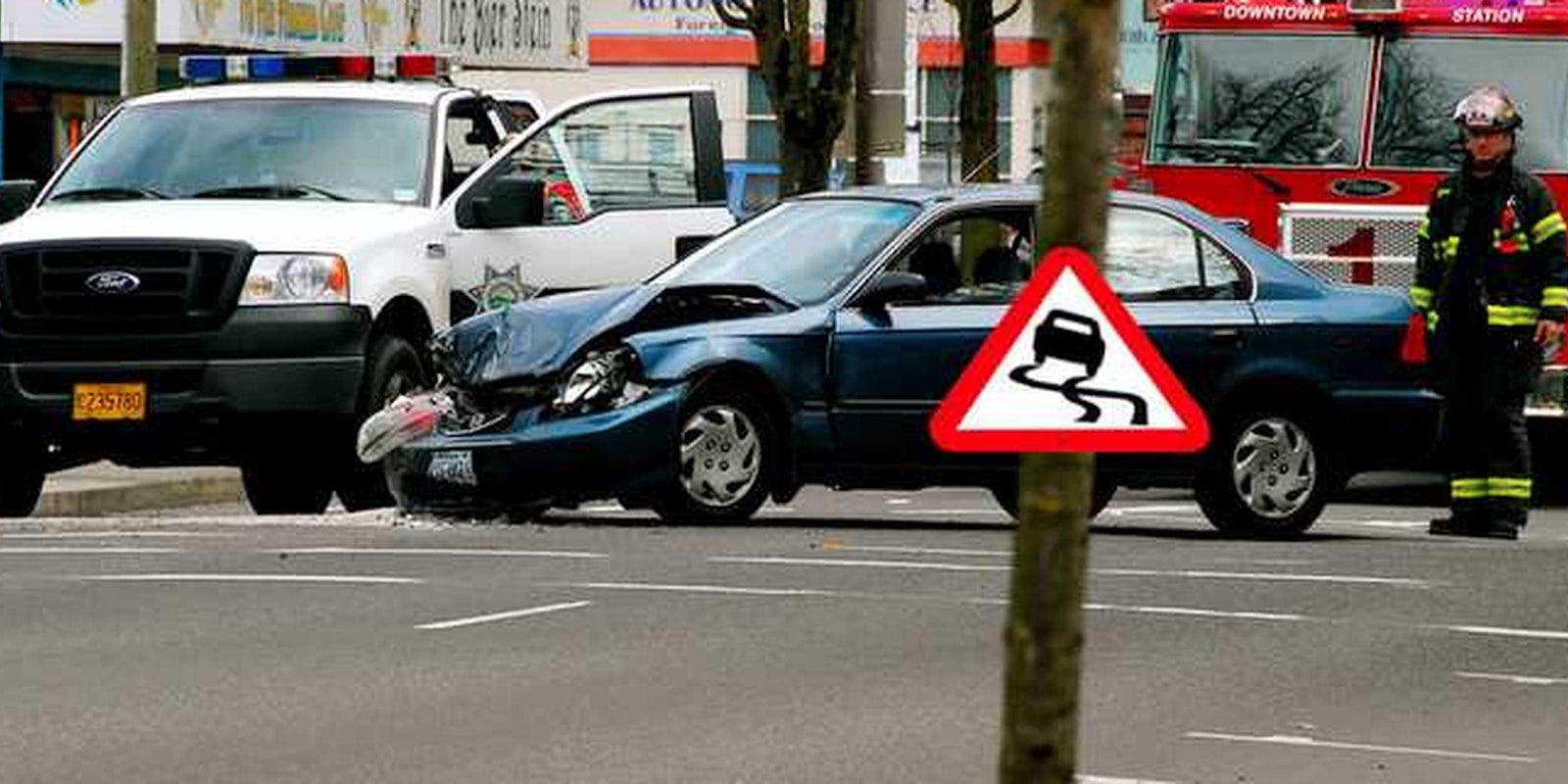The U.S. government has gone to great lengths to make sure we all know we shouldn’t be texting or talking on the phone while driving, but not all on-the-road communication is bad in the eyes of the U.S. Department of Transportation. In fact, the agency is about to propose a rule that would make it mandatory for new cars to talk to each other. Yes, you read that correctly.
At the center of the proposed law is a technology called vehicle-to-vehicle communication, or V2V for short. V2V allows cars, trucks, and any other vehicle equipped with the technology to “speak” to each other. Information about the each car is transmitted to cars in the same area, and that data can be used to provide warnings or suggestions to drivers in the hopes of preventing accidents.
Imagine you’re about to turn left at an intersection but a vehicle turning left from the other direction is blocking your view—it happens all the time, so it’s not a very difficult thing to dream up. If you go, you run the risk of an accident, but V2V could detect a car speeding toward you and tell you to stop before you even have the temptation to hit the gas pedal.
According to the National Highway Transportation Safety Administration, the government’s report notes that that over half a million crashes and over a thousand lives could potentially be saved by applying V2V technology to consumer vehicles. Combined with vehicle technology already on the road, like cars that apply their own breaks or keep a driver in the correct lane on the highway, the systems could be a literal life saver for many, but first a law needs to be implemented to ensure new vehicles are compliant.
That law may be difficult to write in an age where personal privacy is at the forefront of everyone’s mind. The DOT says that V2V technology doesn’t actually identify specific vehicles, but simply relays some basic data for safety purposes, but whether that information can be exploited remains to be seen.
Photo via Don Hankins / Flickr (CC 2.0)


